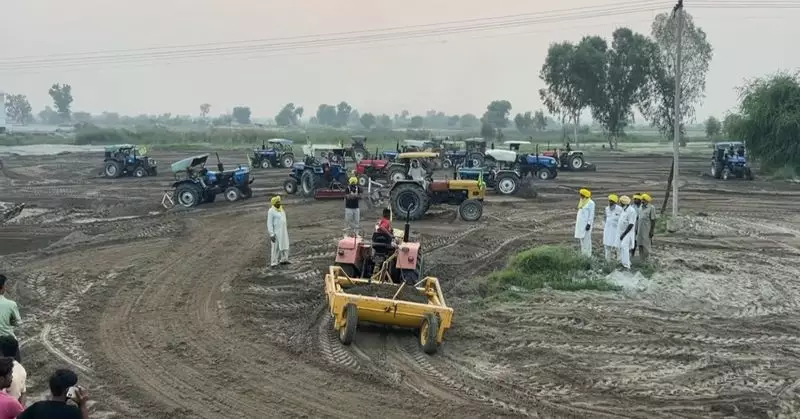
In the heart of Punjab's agricultural belt, a quiet revolution is taking root as farmers join hands to breathe new life into degraded farmlands. What began as individual struggles against declining soil health and water scarcity has evolved into a powerful collective movement.
The Awakening: From Crisis to Collective Action
For years, many farmers watched helplessly as their fields turned less productive despite increased chemical inputs. The wake-up call came when several consecutive seasons showed diminishing returns, pushing the agricultural community to rethink their approach.
"We realized we were fighting a losing battle alone," shares Gurpreet Singh, a third-generation farmer from Bathinda. "When we started sharing our challenges, we discovered everyone faced similar issues - depleted soil, falling water tables, and rising input costs."
Traditional Wisdom Meets Modern Challenges
The revival strategy combines time-tested traditional methods with contemporary agricultural understanding. Farmers are increasingly turning to:
- Water Conservation Techniques: Reviving old ponds and creating new water storage structures
- Organic Practices: Reducing chemical fertilizers and pesticides gradually
- Crop Diversification: Moving beyond water-intensive paddy to include pulses, oilseeds, and vegetables
- Soil Health Management: Using crop rotation and green manure to improve soil fertility
The Power of Community Farming
Perhaps the most significant aspect of this movement is the shift from individual to collective farming. Groups of farmers are now pooling resources, sharing machinery, and making joint decisions about crop patterns and marketing.
"When five of us decided to farm together on our adjacent lands, we could afford better equipment and negotiate better prices," explains Harjit Kaur, a woman farmer leading one such collective. "More importantly, we could share knowledge and support each other during difficult times."
Visible Results and Growing Momentum
The efforts are already showing promising results. Fields that once struggled to sustain single crops are now yielding multiple harvests. Water levels in revived ponds are helping farmers through dry spells, and the reduced dependency on chemicals is cutting costs significantly.
Local agricultural experts are taking note of this grassroots movement. "What these farmers are achieving through collective action is remarkable," says Dr. Amandeep Singh, an agricultural scientist. "They're demonstrating that sustainable farming can be economically viable when communities work together."
As more villages join this agricultural renaissance, Punjab's farming community is writing a new chapter - one that honors their legacy while securing their future through sustainable practices and strengthened community bonds.





